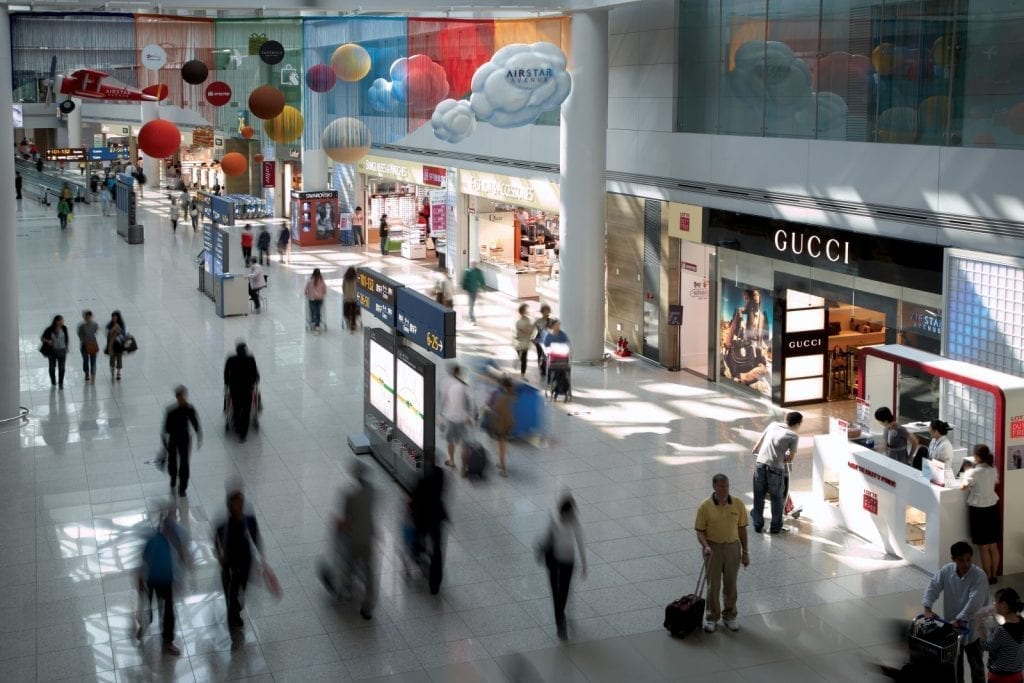
Lost sales can be an enormous drain on a retailer’s profitability. Apart from the the direct loss of gross profit, there is also a pretty good chance that the customer won’t come back, could share negative stories about their experience and so on. The life-time cost of losing one lost sale could actually multiply out several times higher than just the gross profit alone.
As consumers, we can all think of examples when we’ve left a store, with full intention of making a purchase, empty handed. For whatever reason – poor service, poor range, out-of-stocks – we’ve gone elsewhere.
For retailers, the good news is that these things can be addressed. I don’t intend to talk about customer service as it’s a topic well covered. However, the cost of out-of-stocks is not so well understood.
Think of a bakery that sells on average 20 loaves of bread in the last hour of the day. If the baker starts the last hour with exactly 20 loaves of stock, on average they’ll sell out just on closing time. Perfect!! Unfortunately for the baker, the 20 average sales is an average – it’s not going to happen every single time. The actual data might be made up of say, 10, 20 and 30 loaves over three days, which on average is 20.
On the quiet day, the baker will sell 10 and have 10 left over. The cost to the business is the production cost of the loaves thrown out x 10. Say $1 x 10 = $10.
On the busy day, the baker will have lost 10 sales, so the cost to the business is the lost profit. Say ($4 – $1) x 10 = $30.
On the day the baker sells 20 exactly, there is no cost.
Given that each scenario has a one third chance of happening, the cost on average works out to be:
0.33 x $10 + 0.33 x $0 + 0.33 x $30 = $13.20
If the baker carried 30 loaves into the last hour, the cost would be
0.33 x $20 + 0.33 x $10 + 0.33 x $0 = $9.90
Much better to carry the extra 10 loaves.
With accurate data and a bit of statistics, you can create some incredibly powerful models to help calculate the cost of lost sales. One technique is using Monte Carlo Simulation, which takes its name from its famous namesake casino. The technique uses random numbers to represent the probability of an event occurring (just as the baker identified that one third of the time they would sell 10 loaves of bread).
Here’s an example that fashion retailers might identify with:
Imagine that the size curve of your customers is exactly 1:1:1:1:1:1 (that is, sizes 8, 10, 12, 14, 16 and 18 are all equal). You know this because you have lots of aggregate data (either lots of stores or lots of styles). We can now simulate customers coming in through the door wanting to buy the latest style. You’ve only bought one pack (6 units in the given size ratio). As there are six units and each is an equal probability, we can use a dice to run the simulation.
Each roll represents a customer coming in and each number on the dice represents their size. Roll one will never be disappointed as we are fully stocked so they make a purchase. However, we are now sold out of one size already. Roll two has a 1/6 chance of being disappointed (roll two equals roll one) and a 5/6 chance of being able to buy (roll two is different to roll one). Roll three has a 2/6 chance of being disappointed and only a 4/6 chance of being able to buy. After six rolls of the dice, the chance of customers coming into the store exactly as per the size curve (ie that you have rolled one and only one of each of the numbers on the dice) is just 1.5 per cent.
Without going into the details, the chance of having rolled any number twice in six rolls is 13 per cent. This is the chance of losing one customer. The chance of rolling other combinations, eg three of one, two sets of doubles and so on, make up the balance of the probability and represent losing even more sales.
The reason we lost sales wasn’t because the size curve was incorrect but because averages calculated using large data sets breakdown when applied to small data sets.
What should the retailer do? The answer to that question is going to depend on the real life scenario. Gross Margin, cost of transferring from another stores, cost of unit replenishment, cost of extra stock etc all come into the equation. For example, carrying an extra pack of stock goes a long way to meeting the need of the first six customers (you can still get stock-outs but the probability is reduced) but now the retailer has to clear the remaining six items.
It’s always a fascinating exercise and well worth the time spent in building a model that represents the particular circumstances.
You might be shocked at how much lost sales are costing your business.

